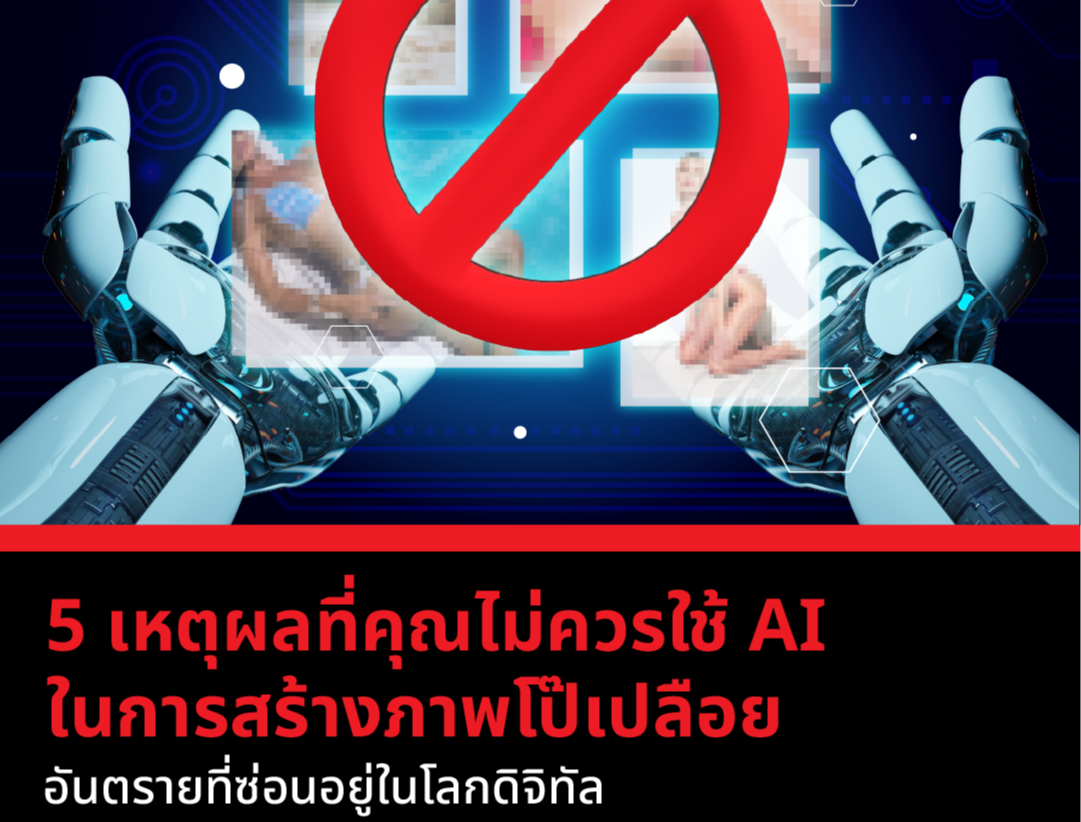
20 essential AI development terms with meanings
2024-05-07 02:35:20

In the world of technology that is constantly evolving. One of them is Artificial Intelligence (AI) technology, or in Thai, artificial intelligence. Has become a part that can help in everyday use. This has resulted in many terms being born along with this technology. If you want to learn about technology, we'll introduce you to 20 basic terms you should know.
1. Artificial Intelligence (AI)
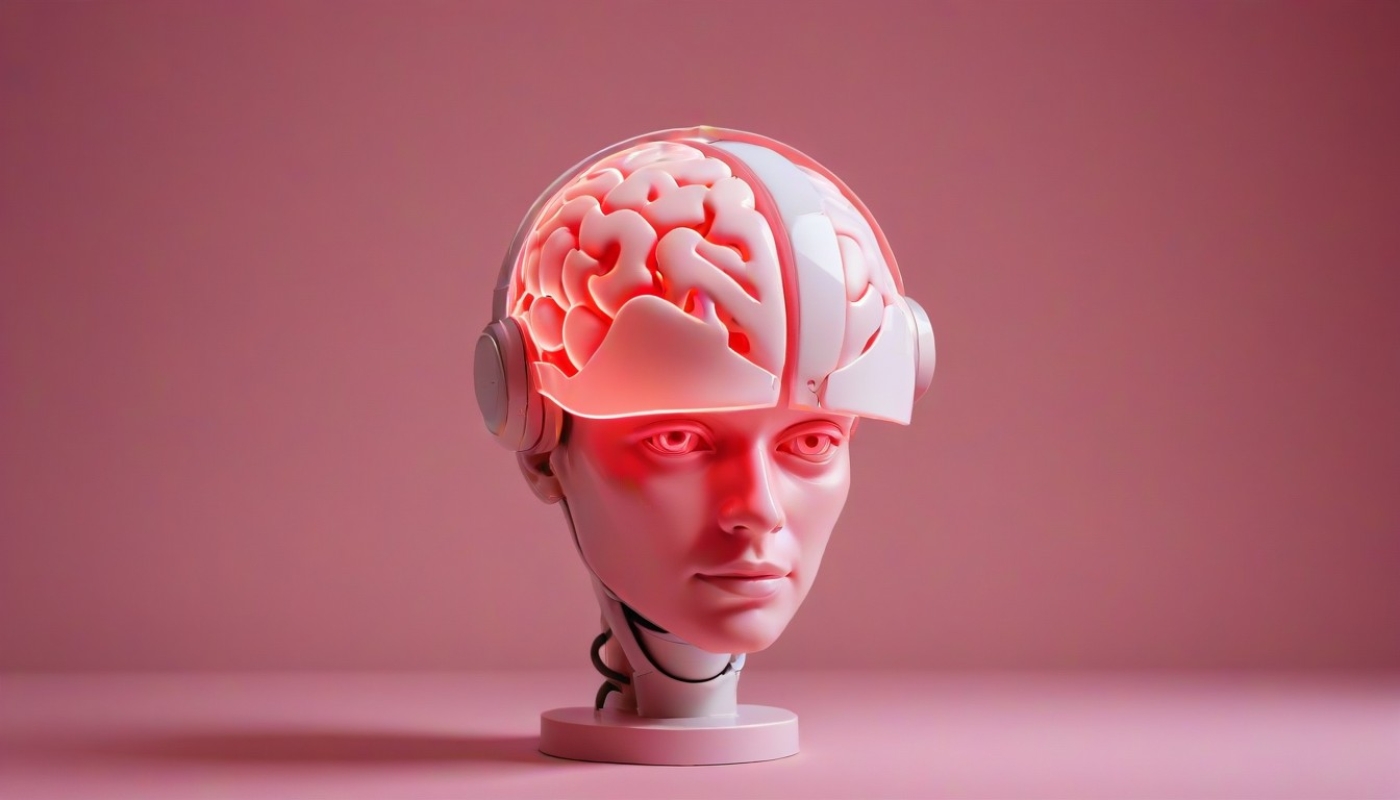
It is a simulation of the human thought process with a computer system. It is designed to train students to understand various work systems such as data processing, language translation, and art creation. and creating learning work, etc. For example, AI that is trained to be an assistant like Siri, Alexa, etc. There is also AI that is designed to be used in many other tasks.
2. Machine Learning (ML)
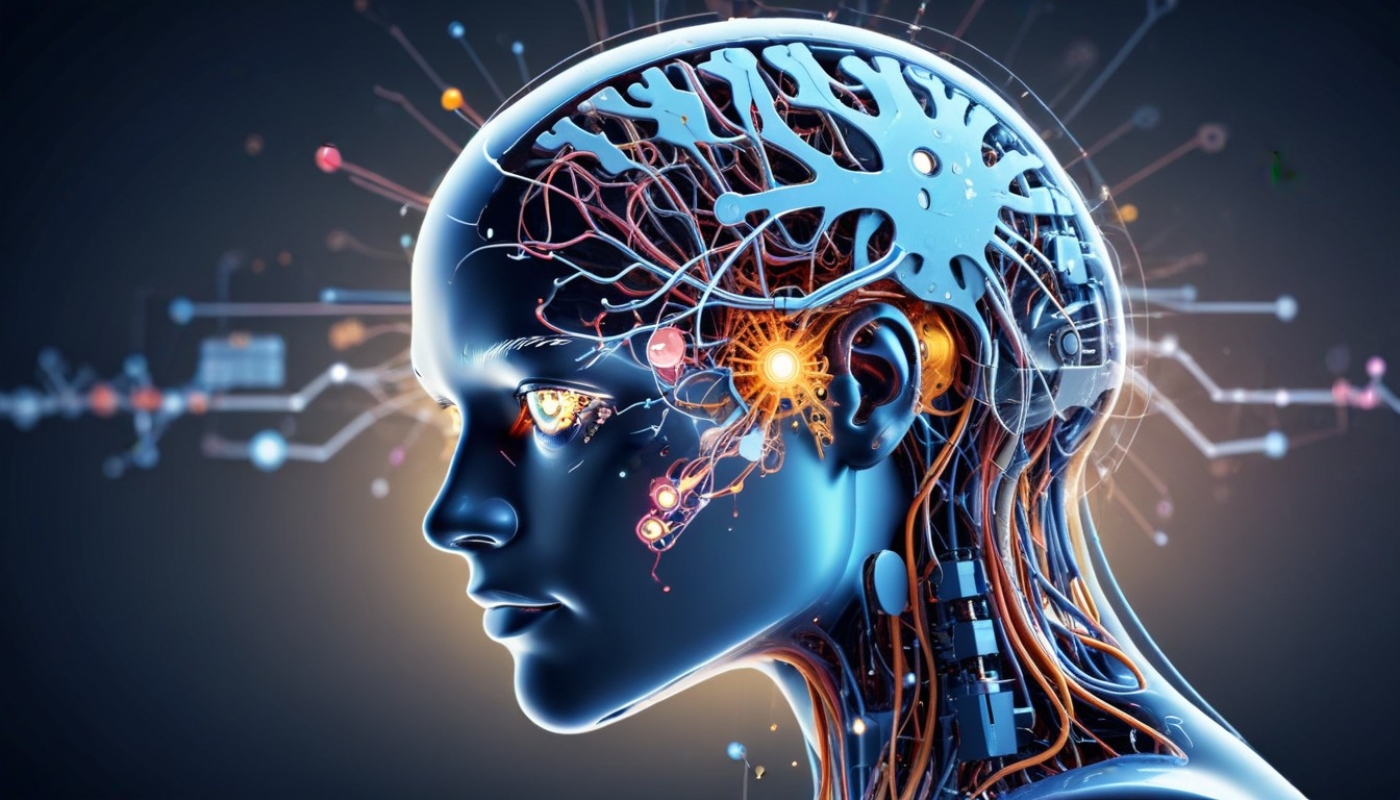
It is a sub-model of AI that uses the development of algorithms and statistical models that help to learn from data and improve performance in specific tasks. without having to program it such as spam filters within emails Voice learning and recognition systems, chatbots, trading recommendation systems, and automatic trading system
3. Deep Learning

It is a sub-model of AI, which is an artificial neural structure that uses multi-layered learning. To learn how the human brain works. such as facial recognition systems speech and face recognition systems, etc.
4. Neural Network

It is inspired by the structure of the human nervous system. It consists of many nodes connected to process and transmit data, allowing the system to learn and make predictions. such as handwriting recognition software
5. Natural Language Processing (NLP)

It is another sub-model of AI that involves the interaction between computers and human language in various tasks, such as text analysis. Learn speech and translate languages, for example, Siri and Alexa.
6. Computer Vision
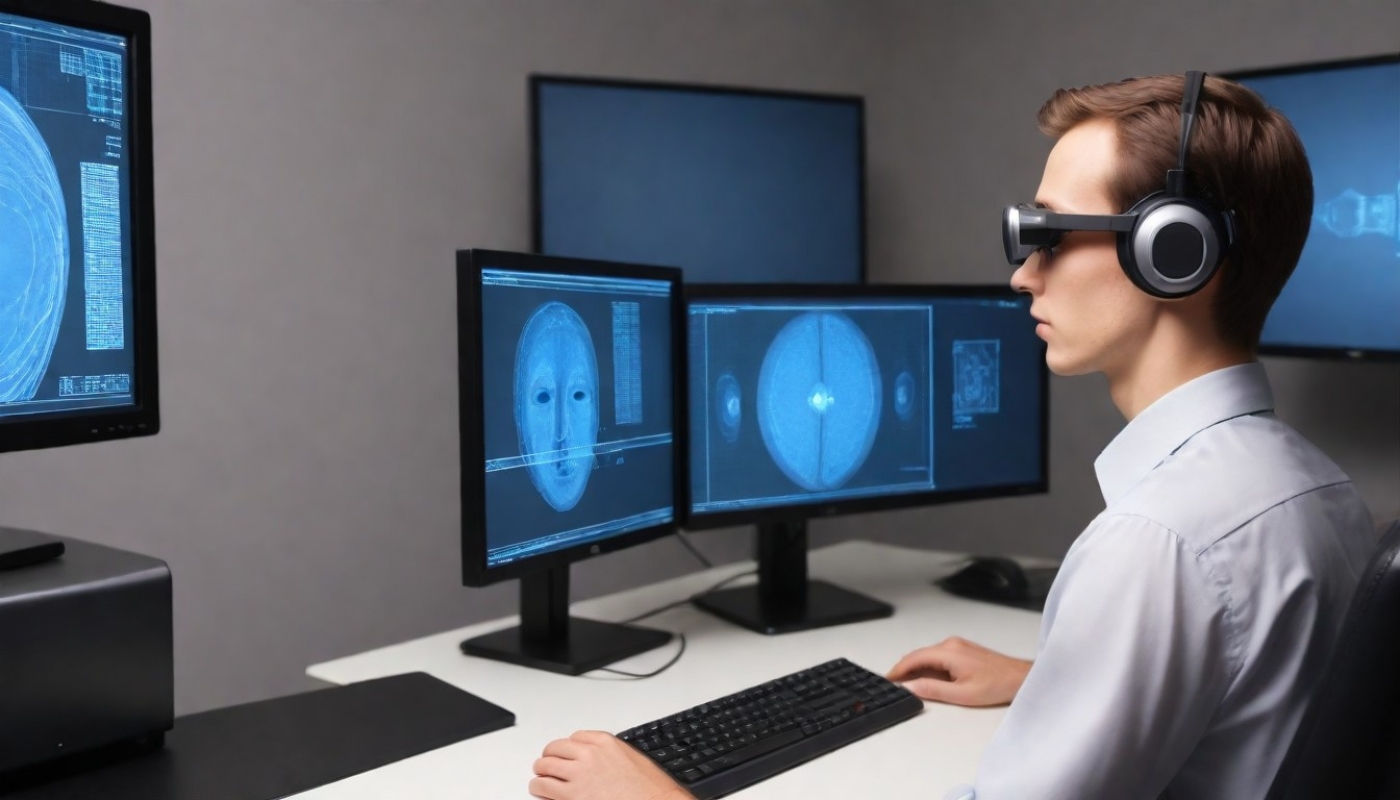
A submodel of AI is used to simulate human vision that simulates how humans understand images and videos. to be like human vision such as the driving system of a driverless car
7. Reinforcement Learning

It is a type of machine learning (ML) subunit that represents actions in the environment and receives rewards or penalties based on the results of actions. Such as creating a robot to cross obstacles and complete tasks using algorithms.
8. Unsupervised Learning

It is a subtype of Machine Learning (ML) that can let algorithms recognize and learn unlabeled data. without giving any knowledge and advice to the algorithm before. For example, having an algorithm segment customers in a market using unsupervised learning to group them based on customer behavior and preferences.
9. Supervised Learning
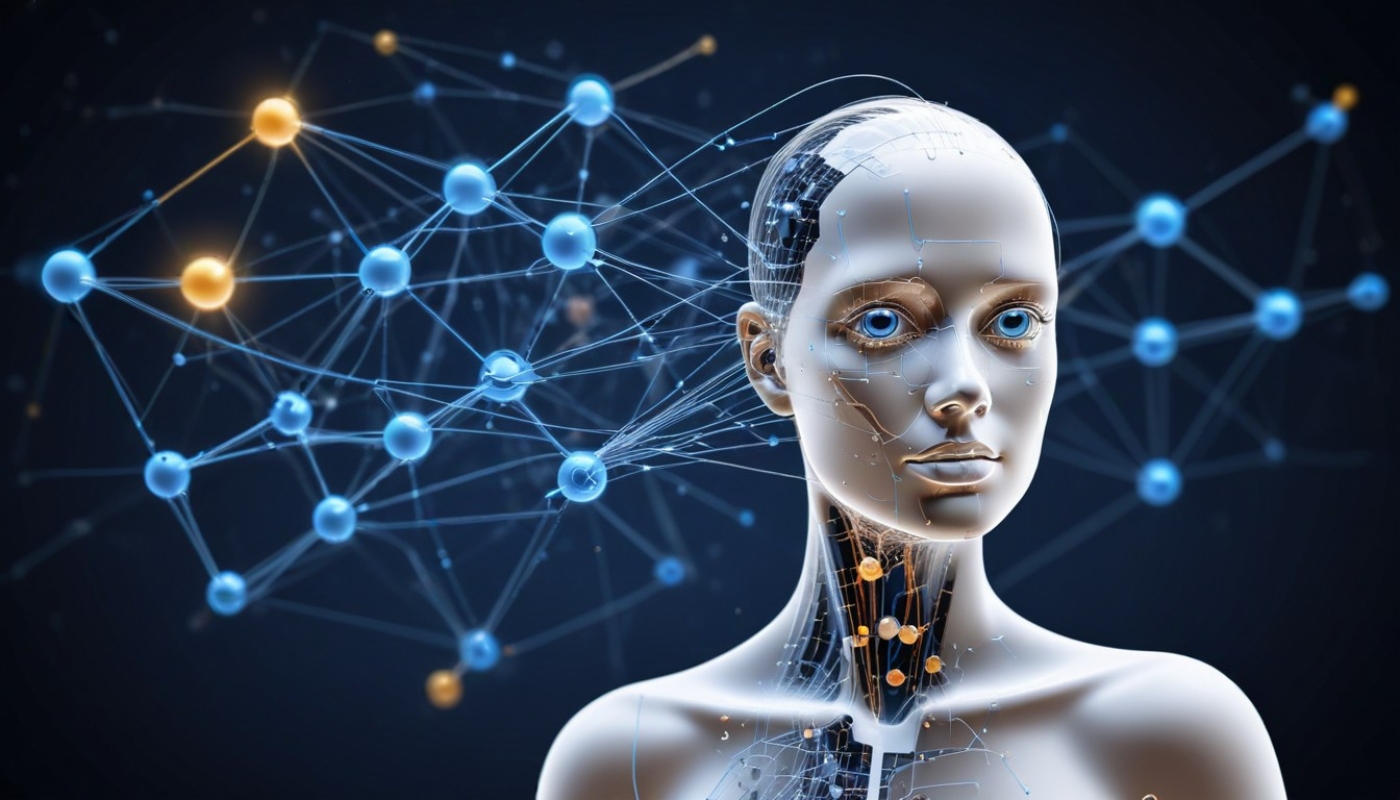
Another subdivision of Machine Learning (ML) involves training machine algorithms with labeled data. where the data will have inputs that go with the desired outputs. Such as filtering spam based on email data that has been labeled as spam.
10. Generative Adversarial Networks (GANs)

It is a deep learning structure that uses competing neural networks. One network creates synthetic data. And another network tries to differentiate between real data and generated data. For example, GANs are used to create images, videos, and other types of data. Realistic for various applications
11. Transfer Learning

is a machine learning technique that involves reapplying a previously trained model to a new task with limited data. Instead of training a new model from scratch
12. Convolutional Neural Networks (CNNs)

It is a type of deep neural structure suitable for processing and analyzing table-like data. An obvious example is that CNNs are widely used in image recognition applications. This includes facial recognition. Object detection and self-driving car systems
13. Recurrent Neural Networks (RNNs)
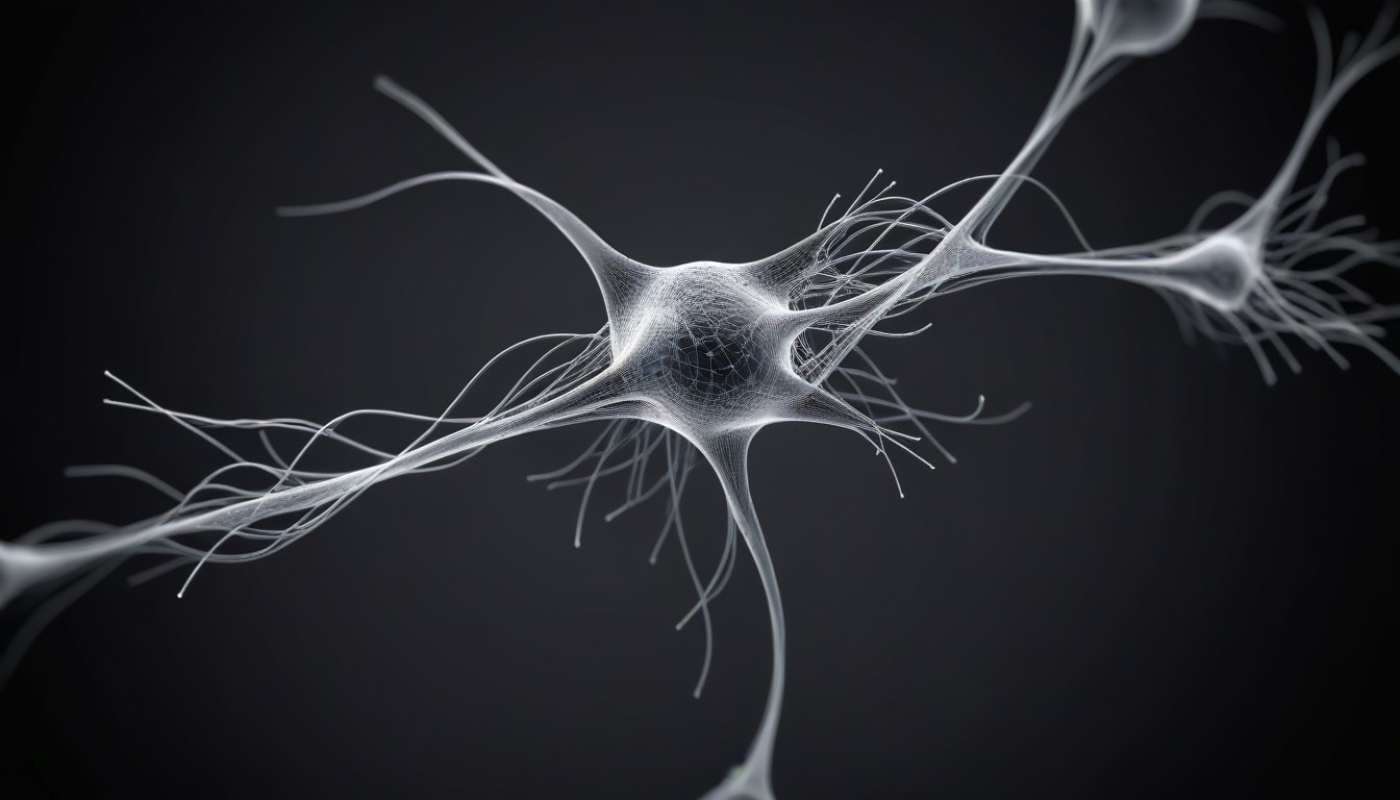
It is an artificial neural network designed to process data sequentially. such as text, speech, and time data, maintaining an internal state that captures data from previous inputs. Examples are applications in language processing such as language translation, and text summarization. and sentiment analysis
14. Long Short-Term Memory (LSTM)
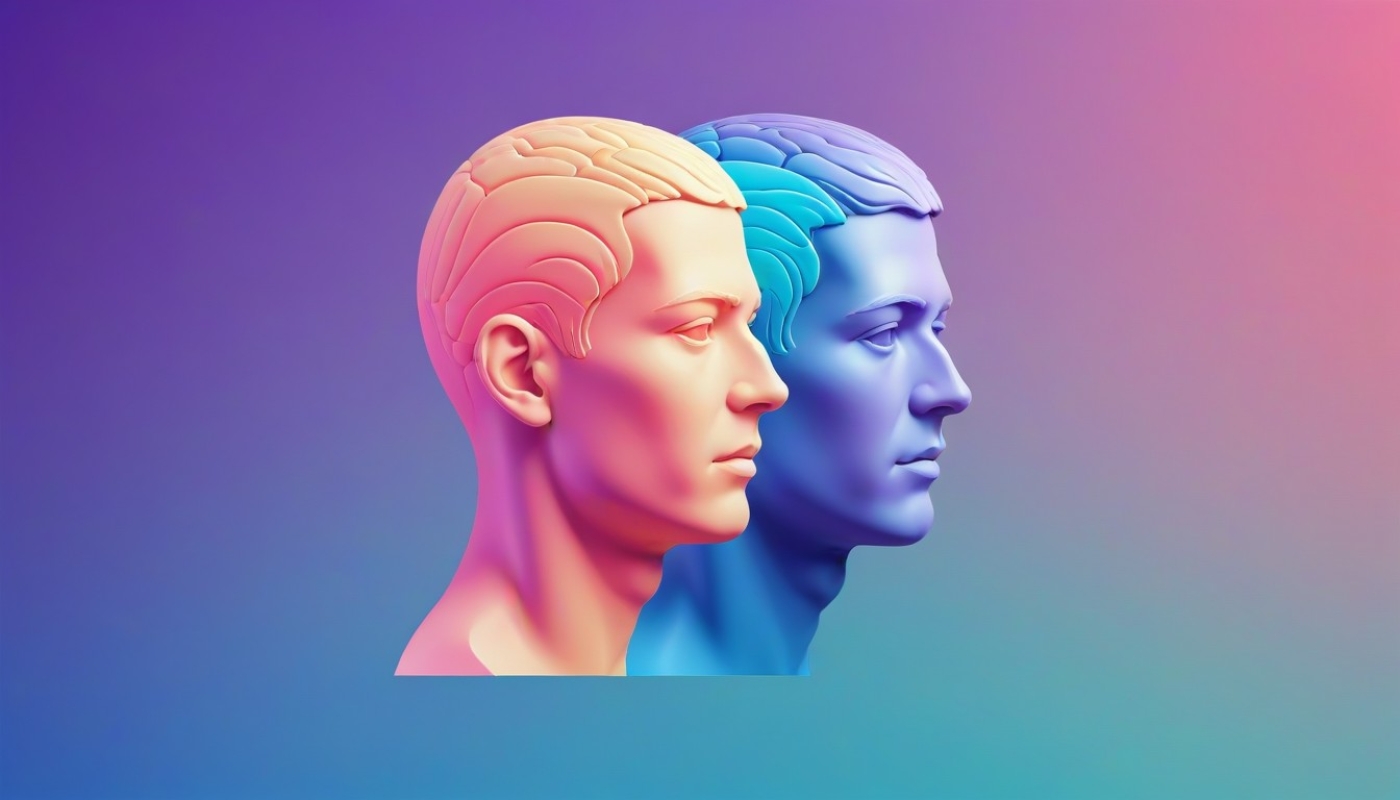
It is a neural network structure that uses an attention mechanism to weigh the importance of different parts of the data input. makes it highly efficient such as machine translation and language understanding.
15. Transformer

It is a type of neural network structure that uses an attention mechanism to weigh the importance of parts. of input data This makes it highly effective for tasks like machine translation and language understanding.
16. Generative Pre-trained Transformer (GPT)
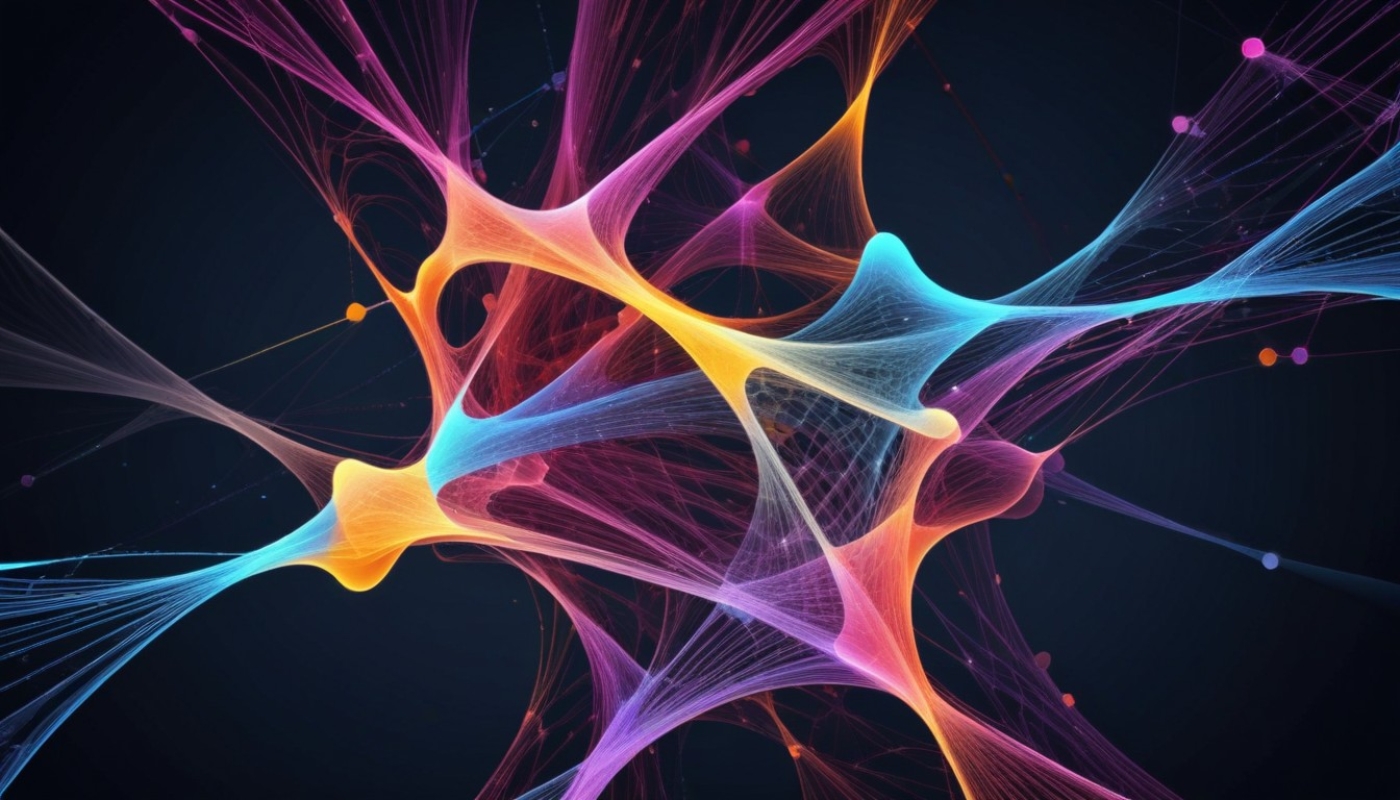
A group of models within Transformer that are trained on massive amounts of data using supervised learning techniques. A clear example is GPT-3, developed by OpenAI, a powerful language model that can generate human-like text for applications such as content creation, question answering, and code generation.
17. Attention Mechanism

It is a technique used in artificial neural networks. Used in a Transformer structure that allows the model to focus on the most specific part of the input data regarding the current task. Examples in machine translation The attention mechanism helps the model focus on the relevant parts of the original sentence when generating relevant translations.
18. Backpropagation
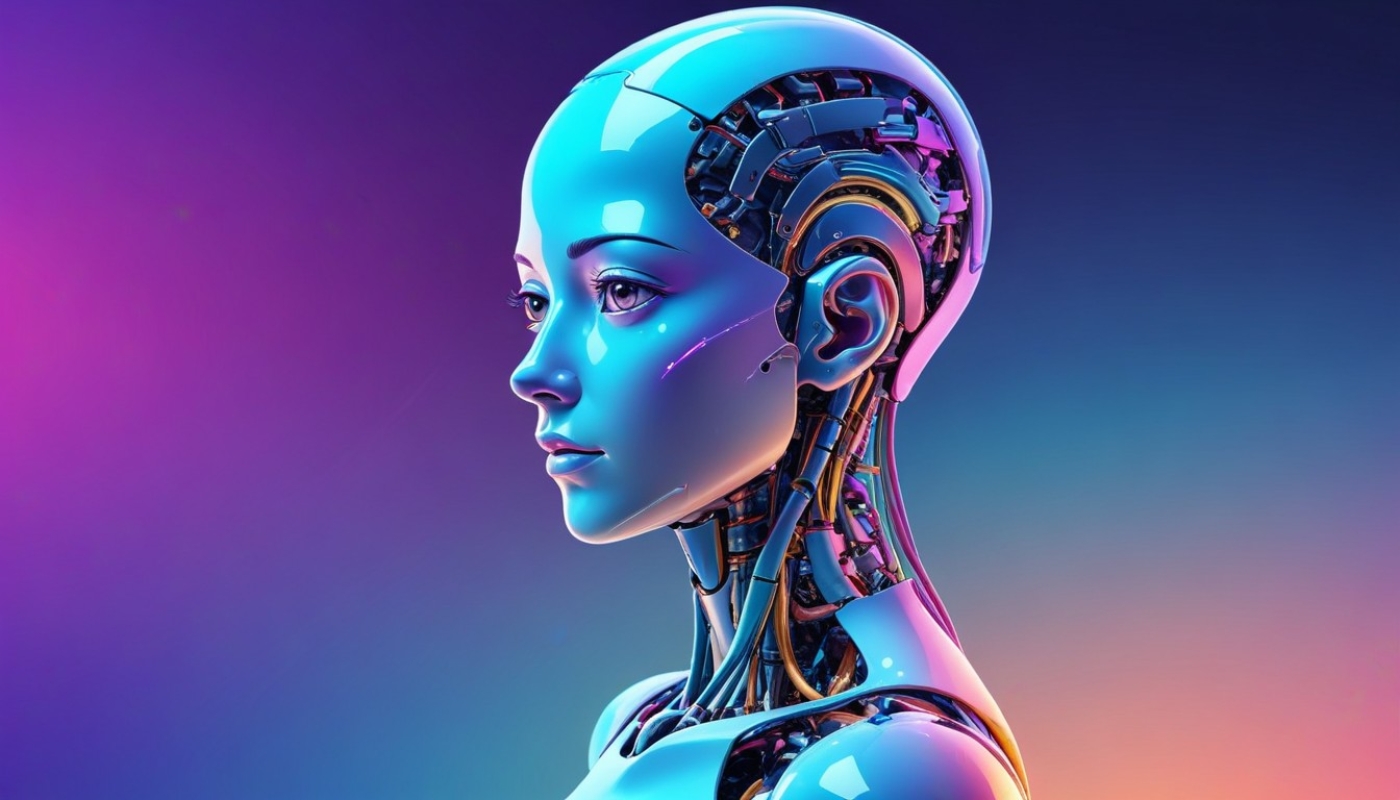
An algorithm that uses a neural network to pick up weights between nodes by propagating error information back through the network. so that the model learns from errors
19. Overfitting

It creates a situation in Machine Learning (ML) that is a model that learns to train too well. Including disturbing contracts and unrelated formats. This results in poor performance on new, unseen data. Image recognition example Overfitting can occur when the model remembers specific details of the training image. Instead, it learns the general properties that give rise to new images.
20. Regularization

It is a technique used in Machine Learning (ML) to prevent overfitting by introducing constraints or penalties to the model during training. to encourage the model to better summarize new data
The above 20 words are only basic words. To understand more, further studies will be required. Because the world of artificial intelligence technology is always evolving. Keeping up with the terminology and concepts of different models is also important for self-improvement.
Leave a comment :
Recent post
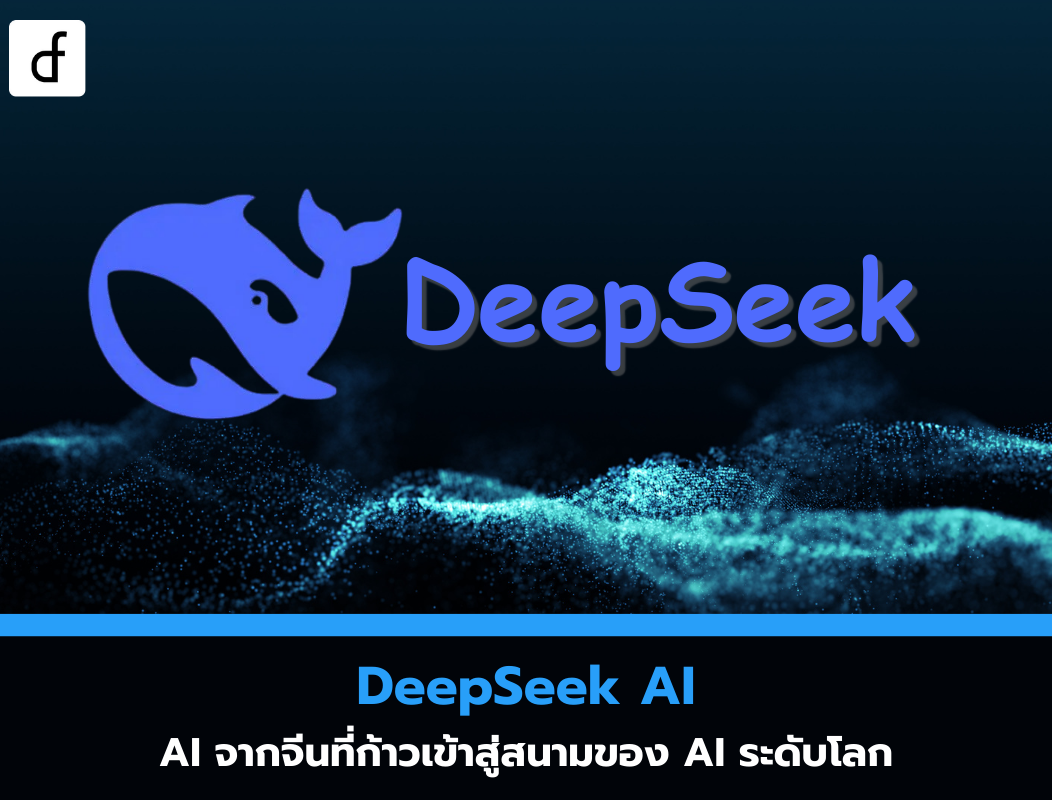
2025-01-10 10:12:01
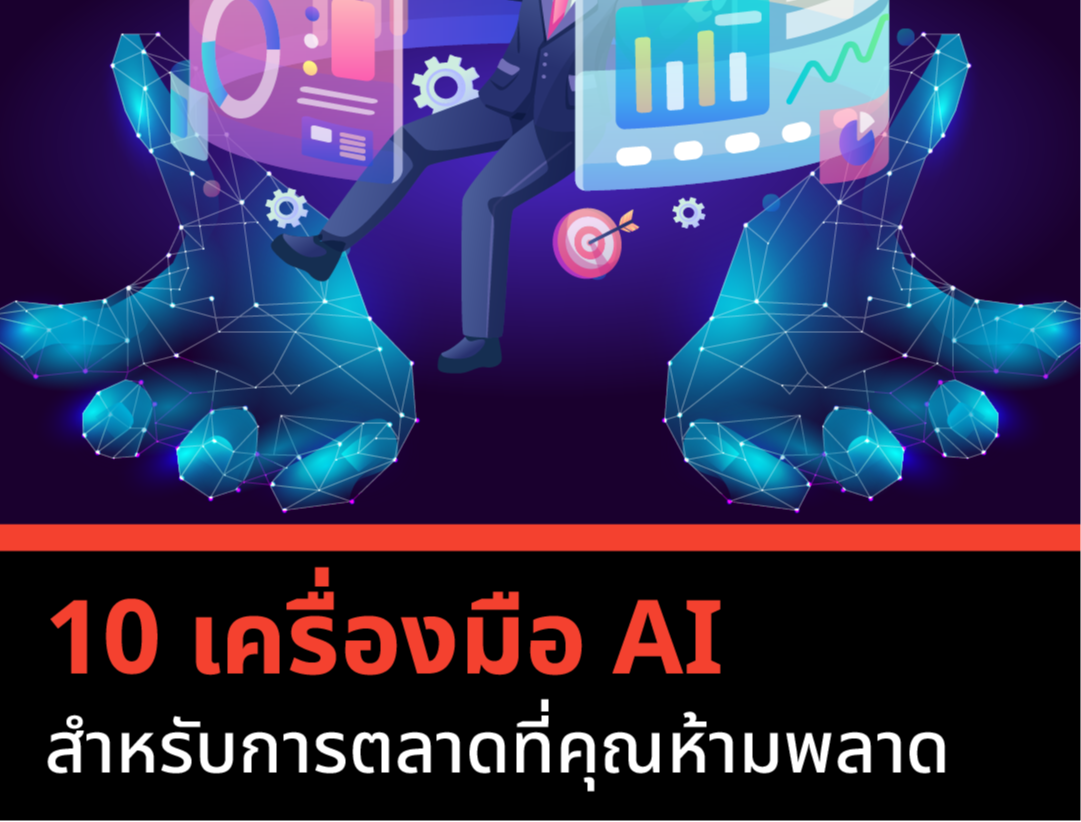
2024-05-31 03:06:49

2024-05-28 03:09:25
Tagscloud
Other interesting articles
There are many other interesting articles, try selecting them from below.

2024-12-03 02:23:23

2023-11-09 09:39:14

2025-03-10 10:29:46
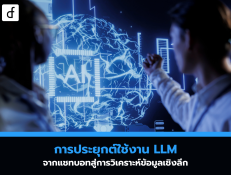
2024-11-13 04:46:29

2023-11-09 09:55:03

2024-11-06 10:46:00

2023-09-06 10:50:32
